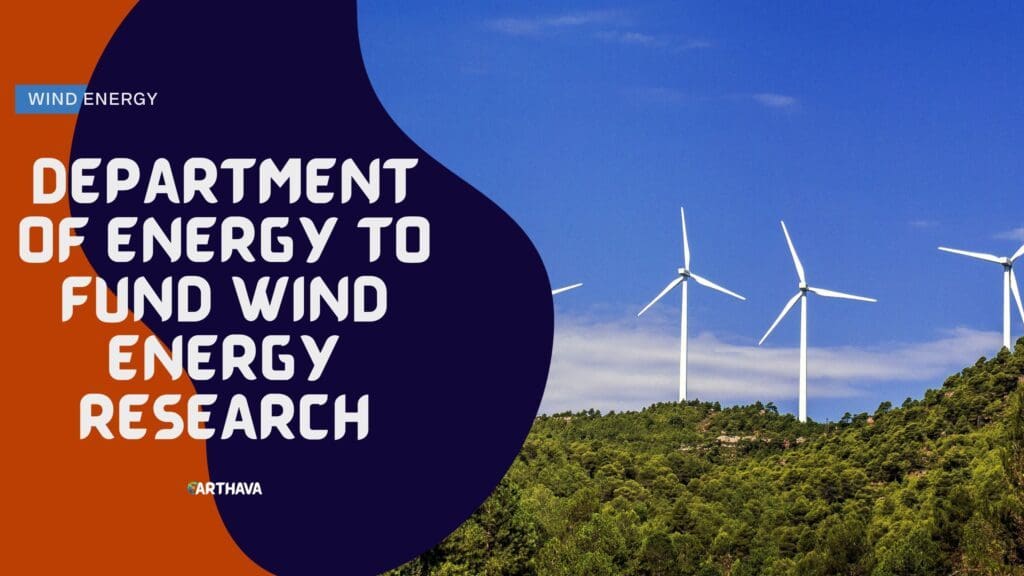The green energy revolution is in full spring. The technology is there and ready to use whenever city planners and engineers want to adopt it.
So, why are we still so reliant on fossil fuels to power our municipalities and homes? Is it because Big Energy has such a monopoly on the market that there’s no room for renewable energy startups to get off the ground? Is it because of our president, who wholeheartedly believes that the noise from windmills causes cancer?

The Department of Energy is trying to find out, with new wind energy research. Let’s take a closer look at the DoE’s plan and what it means for the future of renewable energy in the United States.
Advantages of Wind Power
President Trump might not be a fan of wind power, but there are plenty of benefits to this form of renewable energy over fossil fuels.
First, wind energy isn’t new. We’ve been using windmills to grind flour and move water for centuries. It’s quite literally the oldest energy source we’ve ever used. The difference now is that instead of grinding flour, the turbines generate electricity with nothing more than the power of the wind.
Wind energy is free, once the turbines are built. Like solar energy, there is no way to use up the wind on our planet, and it exists nearly everywhere. Windmills also don’t emit any toxic waste or contaminants — and no, what little noise they issue doesn’t cause cancer.
With these advantages, why aren’t there more windmills generating power for cities across the country?
Funding and Research
On March 28, 2019, the Department of Energy announced it was earmarking $28.1 million in funding for research into wind energy and its potential applications across the country.
Specifically, the DoE is looking into applying these funds in wind development for rural areas, as well as researching potential applications for offshore wind farms like the ones that are currently popular in the EU. Right now, there are more than 4,500 wind turbines off the coast of Europe, spread across 11 countries, generating 18,499 MW of power.
Other research and development funds will help researchers explore new offshore wind farm technologies, as well as tall towers that can access wind at higher altitudes, increasing power output while reducing costs.
If you’ve got a new idea for improving current wind power technologies, don’t keep it to yourself. Contact papers for this new project are due on April 29, and completed applications are due on June 17 of this year.
The Future of Wind Power
Wind, along with other renewable energy sources, is ready to power our country as soon as we can adopt the technology. This new funding opportunity from the Department of Energy is a step in the right direction.
Once we can lessen our reliance on fossil fuels for power generation, we’ll be able to take steps toward repairing the damage we’ve done to our planet. It’s not a huge step, but it’s certainly one in the right direction.


